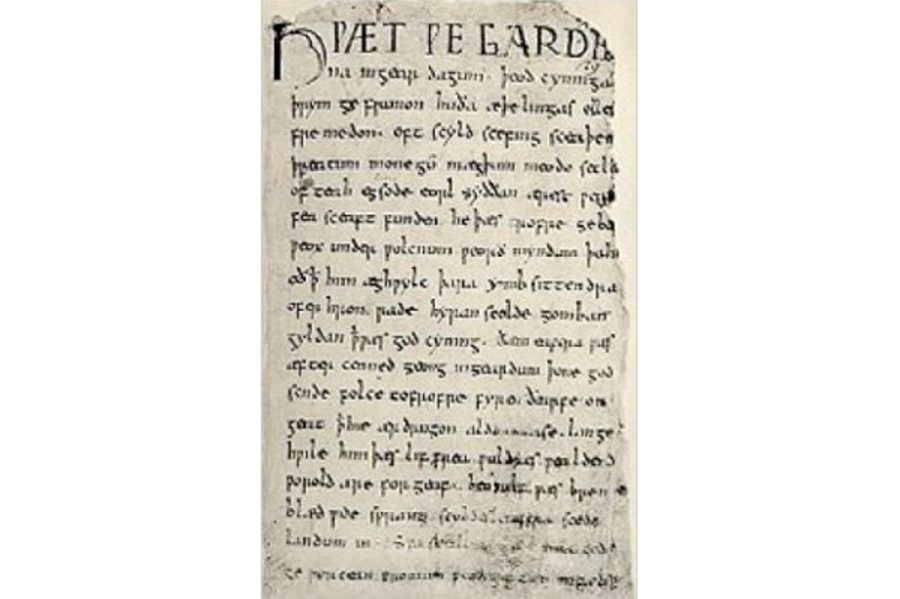College professor tells the story of 'Beowulf' in 100 tweets
Loading...
Medieval scholar Elaine Treharne, an English professor at Stanford University, recently finished narrating the classic work “Beowulf” in its entirety in only 100 tweets. Treharne said she relied on multiple translations of the manuscript as well as its original Old English version in order to compress the dense epic poem into an even more compact form.
“For me, it was a worthwhile exercise, forcing me back to the Old English to try and capture, in the shortest possible length, what I thought were the essential components of the poem,” Treharne wrote on her blog.
She said the exercise addressed the issue she seeks to explore with her class.
"The underlying theoretical question for this course is 'What is (the) Text?' What constitutes ‘Beowulf’?" Treharne wrote. "What is its core and what do we understand by 'Beowulf'? In some senses, this seeks to address, for ‘Beowulf,’ F. W. Bateson's question, 'If the Mona Lisa is in the Louvre, where then are Hamlet and Lycidas?'"
Treharne's not alone – other writers have also created literature on Twitter. In 2012, Pulitzer Prize-winning writer Jennifer Egan released a short science fiction piece, "Black Box,” as a series of tweets on the New Yorker’s Twitter account. The story was later also published in print.
More recently, novelist Teju Cole, author of “Open City,” created a story last month by retweeting others. The author had solicited contributions from his followers in advance for the story, which was titled "Hafiz.”
“I was fascinated by how clean a retweet can be, how you can make someone else present on your timeline," Cole told the New York Times. "This is usually a cause for anxiety (an anxiety people express with the plea ‘retweets are not endorsements’), but I thought it could also be an occasion for grace, for doing something unusual together. ‘Hafiz’ was a small attempt to put a number of people into a collaborative situation, to create a ‘we’ out of a story I might simply have published in the conventional way.”
Cole had live-tweeted stories before, most notably his Small Fates nonfiction project and drone series. However, this was the first time he had brought his followers together by combining their tweets to create one large narrative.





